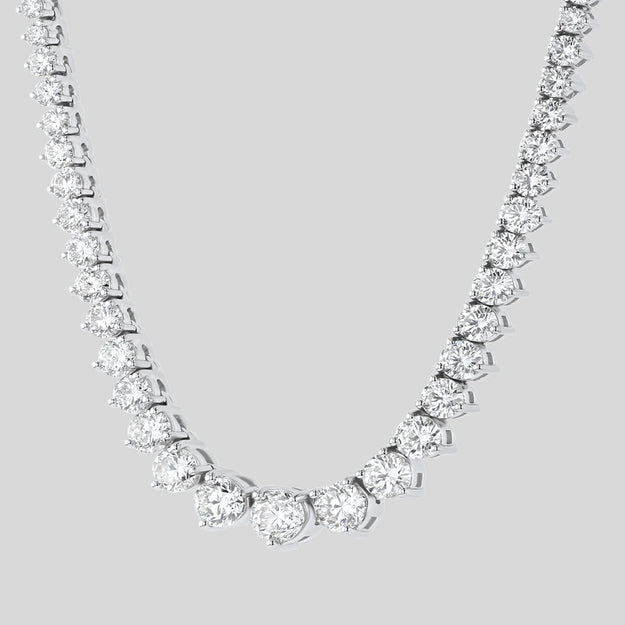Azure IoT hub Overview

Typically, IoT devices send telemetry from sensors to server services in the cloud. These can be devices sending data to the backend, or the backend sending instructions to the device. It could be the other way around: Azure IoT can function as a hub for passing messages from Azure back-end services to devices. It provides Internet Protocol-enabled devices with a highly available cloud endpoint to which they can connect to interact with the back-end solution.
This is a device that can be used to communicate with neighboring devices and then communicate with the cloud gateway. Your device communicates directly with the field gateway using the protocol supported by the device. The field gateway can be a dedicated hardware device or a low-power computer running dedicated gateway software.
This can be used by organizations that have configured their IoT networks or companies that use a common model for their networks. Azure IoT Hub can manage millions of digital devices, and they can securely communicate with Azure services to further process data. With Azure IoT Hub, you can connect, manage, and extend your IoT devices to communicate securely with back-end services in both directions. The Azure IoT Center output allows you to send messages to the Microsoft Azure IoT Center, from where you can send information to devices and sensors in the field to enable device activation or behavior changes.
Microsoft Azure IoT Center is a hosted IoT platforms that routes messages across all IoT devices and applications to transfer data through the cloud. Azure IoT Hub is a fully managed service that provides reliable and secure two-way communication between millions of IoT devices and the back end of the solution. Message routing allows users to route messages from the device to the cloud to a series of supported service endpoints, such as event centers and Azure storage containers. The integration of IoT centers and event grids is a fully managed routing service that can be extended to the first Tripartite company application.
You can use message routing to decide where the hub sends telemetry from your devices. Cloud-to-device messaging allows you to send commands and notifications to connected devices. Device messages are sent over a long time to accommodate intermittently connected devices.
In short, Azure IoT provides secure and reliable communication between your IoT application and the devices it manages. The difference between Azure IoT Hub and existing solutions is that it also provides the infrastructure for authenticating, connecting, and managing devices connected to it. IoT Hub can provide functionality, templates, and code libraries to enable developers to create management solutions that can manage a wide variety of devices. IoT Hub gives you the ability to unlock your device’s data value with other Azure services so you can move to predictive troubleshooting instead of reactive management.
You can read messages posted to IoT Hub from other apps and services in Azure, and then you can create a Microsoft BI dashboard to view real-time data. After the applications are completed and launched, “SimulateDevice” starts sending messages to the IoT center, which records them and processes metadata about them (how much data is sent, when and from which device), and these messages are read in almost real-time. from your application “ReadDeviceToCloudMessages”. The capabilities of Device Management and Device Provisioning Services in IoT Hub can help you make this process effective. Full integration with the cloud server allows you to control your devices in real-time, keeping track of all their current statuses and messages.

The Internet of Things (IoT) is a network of physical devices, vehicles, household appliances, and other elements integrated with electronics, software, sensors, actuators, and communications, allowing these objects to connect and exchange data. The Internet of
Things (IoT) is generally defined as a network of physical devices that connect and communicate with other devices and services on the Internet or other communication networks. Azure Internet of Things (also known as Azure IoT) is a set of Microsoft-hosted cloud services that track, connect, and control billions of IoT resources.
It is a solution that runs in the cloud and consists of one or more IoT devices and one or more back-end services that communicate with each other. The IoT solution consists of three main parts: devices, back-end services, and the communication between them. Let’s first look at what an advanced general-purpose IoT solution might look like. Generally, IoT solutions introduce a layer between the device and the server solution, which can be regarded as the “device connection” layer.
In the IoT, extend your Internet connection beyond conventional Internet-enabled devices (such as desktops and smartphones). There are also a wide variety of device types used by IoT operators. Due to the horizontal scalability of the IoT solution, the number of devices, the volume of events, the variety of events, and the various services also differ.
Although reducing the cost of IoT applications and simplifying development work are important aspects to consider when implementing IoT solutions, connecting devices securely and reliably is often the biggest challenge facing most organizations. This article is the third part of the Azure Services tutorial series.
It is a platform-as-a-service solution that meets the needs of connecting devices to the cloud (and thus to other services), tracking each device, protecting it, and providing a platform to remotely monitor its reliability and update the firmware. As required. With the advancement of cloud computing, they have become an important foundation for all IoT devices and applications, enabling you to connect, manage, protect, store, and retrieve data generated by these applications.
Obviously, for IoT application development, cloud computing and targeted services such as Edge Computing are paramount. The IoT Edge is an intelligent device with computing power to deliver field services.
Telemetry data between devices and the cloud informs you about the state of your devices and resources. Data is collected using a request-response model on dedicated endpoints of an IoT device, is available for a maximum of seven days, and can be used to perform actions on the device. You can perform real-time analytics on data from your devices with Azure Stream Analytics.
Using this extension, you can interact with Azure IoT Center, manage connected devices, and enable distributed tracking for Azure IoT applications. Most importantly, this Azure service provides multiple types of authentication for multiple devices. It provides identity verification for each device to ensure the secure connection and management of each device. Access can be controlled at the device level, and the device will automatically connect to the correct hub when it is first started.





